In the realm of modern agriculture, the efficient utilization of water resources stands as a paramount concern. With the escalating global demand for food production and the challenges posed by climate change, the significance of irrigation systems cannot be overstated. Among the key components of irrigation systems are centrifugal irrigation pumps and electric submersible water pumps. Both play pivotal roles in delivering water to crops, yet they differ significantly in their design, functionality, and application.
Centrifugal irrigation pumps, characterized by their rotational motion driven by an electric motor, have been a staple in agricultural irrigation for decades. These pumps harness centrifugal force to draw water from a water source, such as a reservoir or a well, and propel it through pipelines to the fields. Their efficiency lies in their ability to handle large volumes of water at relatively low pressures, making them suitable for a wide range of agricultural settings.
On the other hand, electric submersible water pumps have gained traction in recent years due to their unique operational characteristics. Unlike centrifugal pumps, submersible pumps are immersed directly into the water source, eliminating the need for priming and less suction lift. This design allows for greater efficiency in water extraction, particularly in deep wells or bodies of water with low water levels. Additionally, submersible pumps are known for their quieter operation and reduced risk of cavitation, which can prolong the lifespan of the pump and lower maintenance costs.
When comparing the two types of pumps, several factors come into play, each influencing their suitability for specific irrigation scenarios. One such factor is energy consumption. Centrifugal pumps typically require more energy to operate, especially when pumping water over long distances or to higher elevations. In contrast, electric submersible pumps have lower energy requirements due to their submerged placement, resulting in reduced operational costs over time.
Another critical consideration is maintenance and longevity. Centrifugal pumps are generally easier to access for maintenance and repairs since they are installed above ground. However, they are more susceptible to wear and tear, particularly in harsh environments with abrasive sediments or debris. Electric submersible pumps, although more challenging to retrieve for servicing, are better protected from external elements and exhibit greater durability, making them ideal for continuous operation in demanding conditions.
Furthermore, the environmental impact must be taken into account. Both types of pumps consume electricity, contributing to carbon emissions if sourced from non-renewable energy sources. However, advancements in solar-powered and energy-efficient pump technologies offer opportunities to mitigate this impact. Additionally, the choice between centrifugal and submersible pumps can influence water conservation efforts, as the efficiency of water delivery directly affects irrigation practices and crop yields.
In conclusion, the selection between centrifugal irrigation pumps and electric submersible water pumps hinges on various factors, including energy efficiency, maintenance requirements, and environmental considerations. While centrifugal pumps remain a conventional choice for many agricultural applications, electric submersible pumps offer distinct advantages in terms of operational efficiency and longevity. Ultimately, the ideal pump selection depends on the specific needs and circumstances of each irrigation system, with the overarching goal of maximizing water utilization while less resource consumption and environmental footprint.
Moreover, advancements in pump technology continue to refine the performance and sustainability of both centrifugal and submersible pumps. Integrated monitoring systems enable real-time data collection, facilitating proactive maintenance and optimizing pump efficiency. Additionally, innovations in materials science enhance pump durability and corrosion resistance, extending their lifespan in challenging agricultural environments. Collaborative research efforts further drive progress, exploring novel pump designs and control strategies to meet evolving agricultural demands while promoting resource conservation. As agriculture embraces digitalization and automation, the synergy between pump technology and precision irrigation holds promise for achieving greater productivity and sustainability in the face of global challenges.

 English
English русский
русский Español
Español
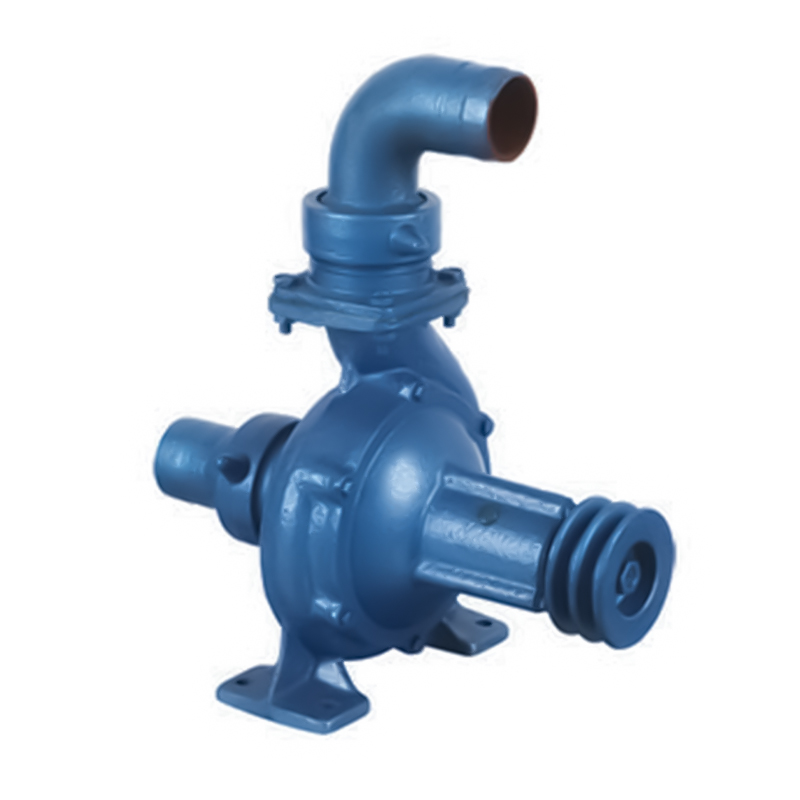
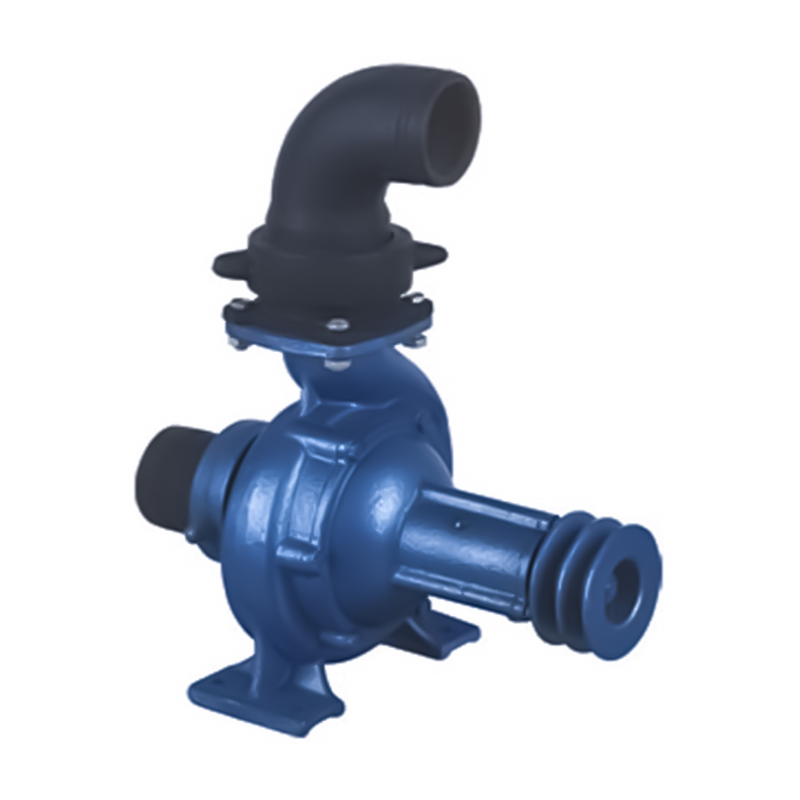

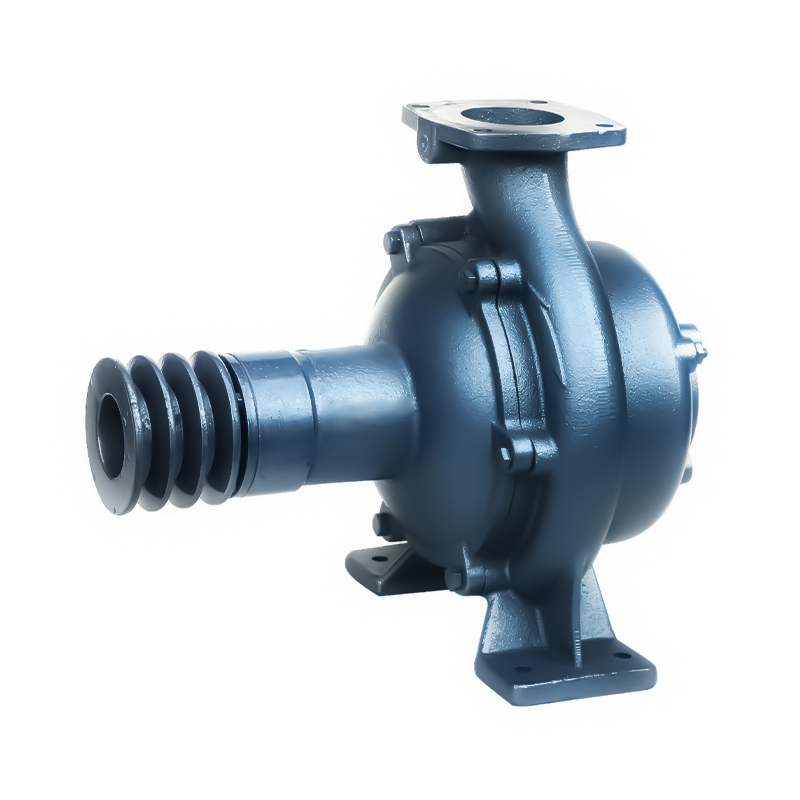
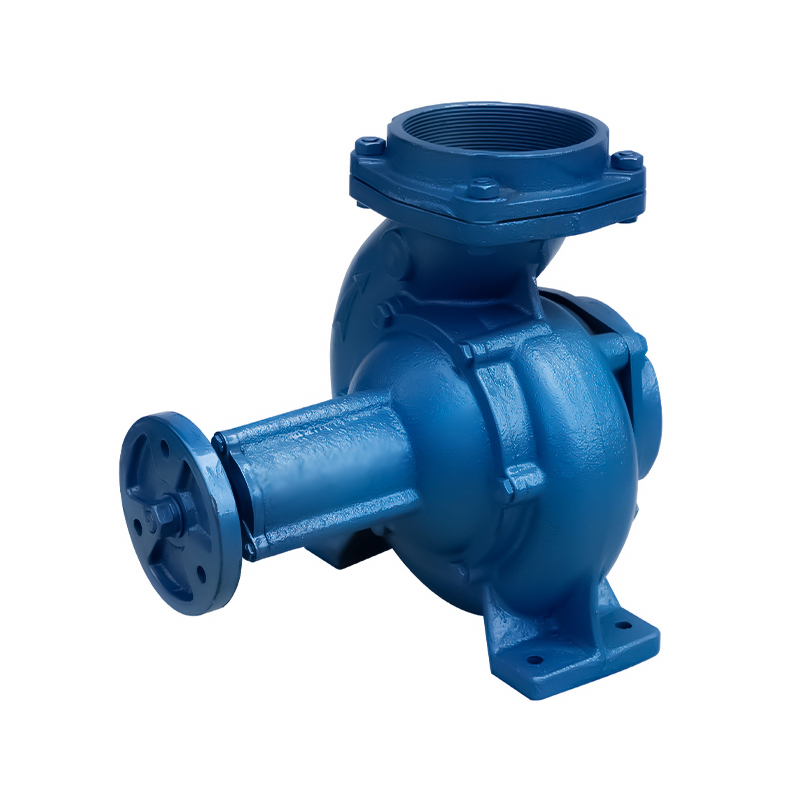
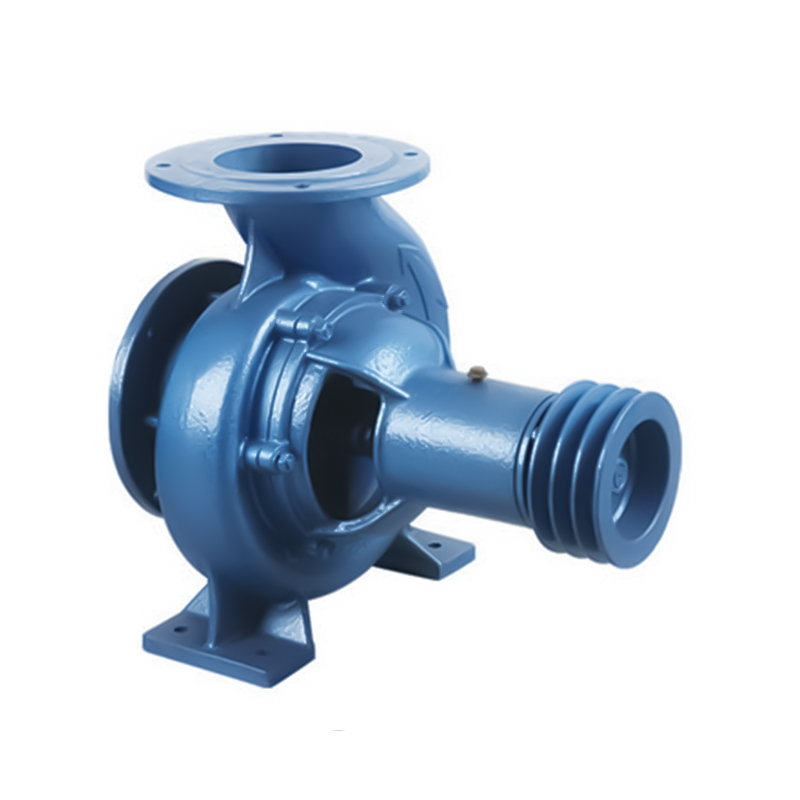
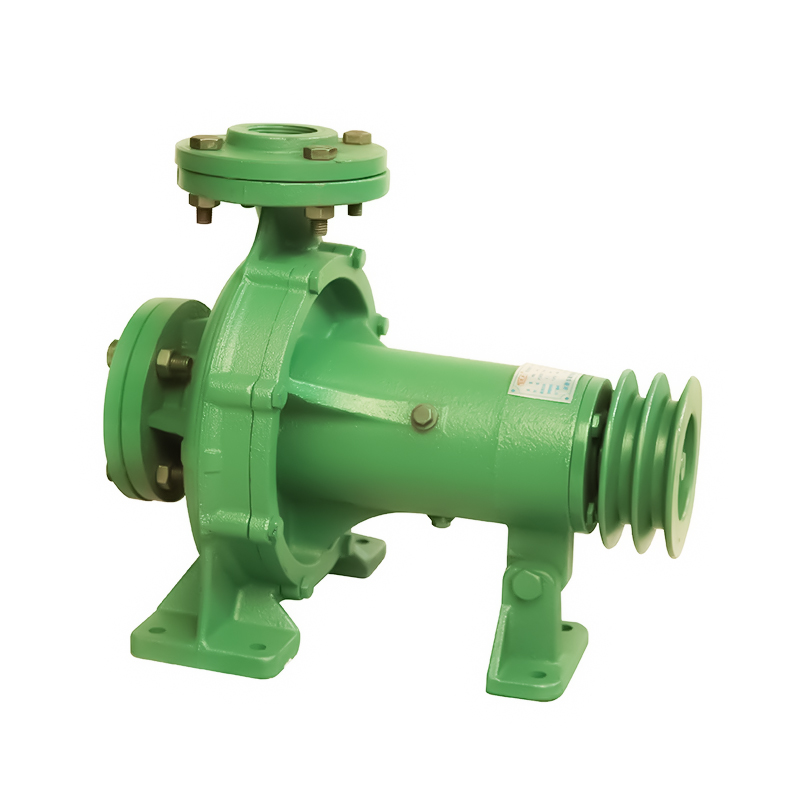

 Email:
Email:
 Phone:+86-13605899207
Phone:+86-13605899207

